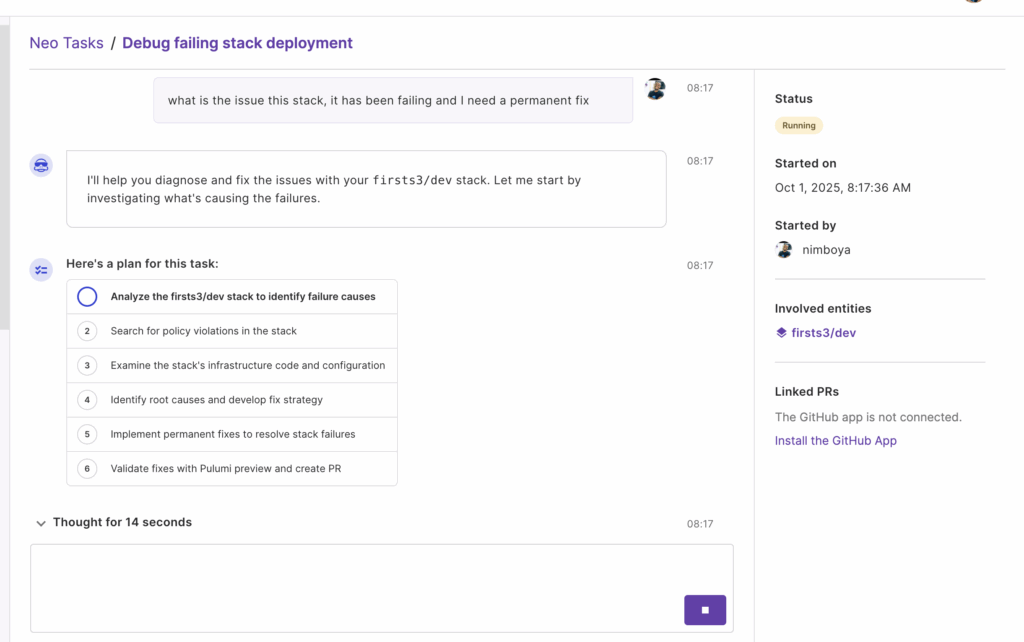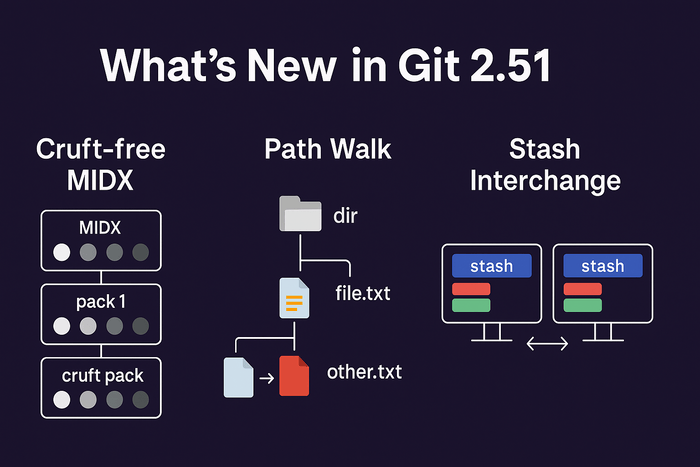Choosing the right software architecture is crucial for building scalable, maintainable, and efficient applications. Two of the most common architectural styles are monolithic and microservices. While monolithic applications bundle everything into a single unit, microservices break applications into smaller, independent services. But which one should you choose? Let’s dive deep into the differences, advantages, and use cases of both architectures.
What is a Monolithic Architecture?
A monolithic architecture is a traditional software development approach where the entire application is built as a single unified unit. All components such as the UI, business logic, and database interactions are tightly integrated within a single codebase.
A monolithic app is like a big, all-in-one toolbox where everything is packed together. Imagine a kitchen blender that not only blends but also chops, grinds, and heats food all in one device.
While it’s convenient to have everything in one place, if one part breaks or needs an upgrade, the whole blender has to be taken apart or replaced.
Similarly, in a monolithic app, all the features (like user login, payment processing, and notifications) are tightly connected into a single codebase. This makes it harder to update or fix one part without affecting the entire system.
Key Characteristics of Monolithic Applications
Single Codebase: All functionalities reside within a single project.
Centralized Database: A shared database is used for all application logic.
Tight Coupling: Components are interdependent and difficult to modify separately.
Pros of Monolithic Architecture
✅ Simplicity in Development: Easy to build and deploy since all components are in one place.
✅ Easier Deployment: Deploying changes is straightforward as everything is bundled together.
✅ Better Performance in Small-Scale Applications: Direct function calls lead to efficient execution.
Cons of Monolithic Architecture
❌ Scalability Challenges: Hard to scale specific parts without affecting the entire application.
❌ Slower Development Speed: Adding new features requires modifying the entire codebase.
❌ Difficult to Update and Maintain: Any small change requires redeploying the whole application.
What is a Microservices Architecture?
A microservices architecture is a modern approach where an application is built as a collection of loosely coupled, independently deployable services that communicate via APIs. A microservice is like a set of specialized kitchen tools, where each tool does one specific job really well. For example, instead of using an all-in-one blender, you might have a separate knife for chopping, a grinder for spices, and a mixer for blending. In a microservice app, the software is broken down into small, independent services, each handling a specific task, like user authentication, payment processing, or sending notifications. These services work together but can be developed, updated, or fixed independently, making the system more flexible and easier to manage compared to a single, all-in-one application.
Key Characteristics of Microservices
Decoupled Services: Each service handles a specific function and operates independently.
Independent Databases: Each microservice can have its own database.
API-Based Communication: Services communicate via RESTful APIs or message queues.
Pros of Microservices Architecture
✅ Scalability: Each service can be scaled independently based on demand.
✅ Faster Development and Deployment: Teams can work on different services simultaneously.
✅ Better Fault Isolation: Failure in one service does not impact the entire system.
Cons of Microservices Architecture
❌ Complexity in Management: More components mean increased complexity in deployment and monitoring.
❌ Higher Infrastructure Costs: Requires more servers and cloud resources.
❌ Difficulties in Data Consistency: Managing distributed databases is challenging.
Key Differences Between Monolith and Microservices
Architecture
In a monolithic architecture, the entire application is built as a single, unified unit with one codebase, much like a large toolbox where all tools are packed together. This makes it simple to develop initially but harder to scale or update individual parts without affecting the whole system. On the other hand, microservices break the application into smaller, independent services, each with its own codebase and functionality, communicating through APIs. This is like having a set of specialized tools, where each tool can be upgraded or replaced without disrupting the others. Microservices offer greater flexibility, scalability, and easier maintenance compared to the rigid structure of a monolith.
Scalability and Flexibility
In a monolithic architecture, scaling the application can be challenging because the entire system is tightly integrated into a single codebase. If one part of the app needs more resources, the whole application must be scaled, even if other parts don’t need it—like having to upgrade an entire blender just to improve its chopping feature. In contrast, microservices allow each service to be scaled independently based on its specific needs. For example, if the payment processing service experiences high demand, it can be scaled up without affecting the notification or user authentication services. This makes microservices more flexible and efficient, especially for large or complex applications.
Deployment and Maintenance
In a monolithic architecture, making updates or fixes often requires redeploying the entire application, even for small changes. This is like having to repackage and ship an entire toolbox just to replace one screwdriver, which can be time-consuming and risky. On the other hand, microservices allow individual services to be updated, deployed, or fixed independently without disrupting the rest of the system. It’s like being able to replace just the knife in your kitchen without touching the mixer or grinder. This makes deployment and maintenance faster, safer, and more efficient in microservices compared to the all-or-nothing approach of a monolith.
Performance
In a monolithic architecture, performance is often faster for small applications because all components are part of the same codebase and communicate through direct function calls, like having a single kitchen appliance where everything works instantly without delays. However, in microservices, each service operates independently and communicates over APIs, which can introduce network latency—similar to having separate kitchen tools that need to pass ingredients to each other, causing slight delays. While microservices offer flexibility and scalability, this trade-off in performance is something to consider, especially for smaller or latency-sensitive applications where the simplicity of a monolith might be more efficient.
Security
In a monolithic architecture, security is typically centralized, meaning all components share the same security measures within a single codebase, like having one lock securing an entire toolbox. This simplifies implementation but can create risks if a vulnerability affects the whole system. In contrast, microservices require additional security layers because each service communicates independently via APIs, much like having separate locks for each tool in a kitchen. While this adds complexity, it also provides better isolation, reducing the risk of a single breach compromising the entire application. Proper API security, such as authentication and encryption, is essential to protect communication between services in a microservices architecture.
When to Use Monolithic Architecture?
- Best for small to medium-sized applications where simplicity is a priority.
- Ideal for startups and MVPs to quickly launch products.
- Lower development and maintenance costs due to a unified codebase.
When to Use Microservices Architecture?
- Ideal for large-scale applications with high traffic and complex functionalities.
- When scalability and flexibility are crucial for business growth.
- Best suited for applications with multiple development teams working independently.
Popular Examples of Monolithic and Microservices Applications
Monolithic architecture is often used by smaller or simpler applications, such as early versions of Netflix and Amazon before they transitioned to microservices, as well as small-scale e-commerce platforms and blogs. These systems benefit from the simplicity of having a single, unified codebase, which is easier to manage for limited use cases.
On the other hand, microservices architecture is favored by large-scale, high-traffic applications like Netflix, Uber, Amazon, and Spotify, which rely on microservices to handle millions of users efficiently.
By breaking down their systems into smaller, independent services, these companies can scale, update, and maintain their applications more effectively.
Additionally, cloud-native applications and SaaS platforms often adopt microservices to leverage their flexibility, resilience, and ability to support rapid innovation in dynamic environments.
Conclusion
Both monolithic and microservices architectures have their strengths and weaknesses. Monolithic architectures are simpler and work well for small applications, while microservices offer scalability and flexibility for larger applications. The choice between them depends on the project’s size, complexity, and future scalability needs.






